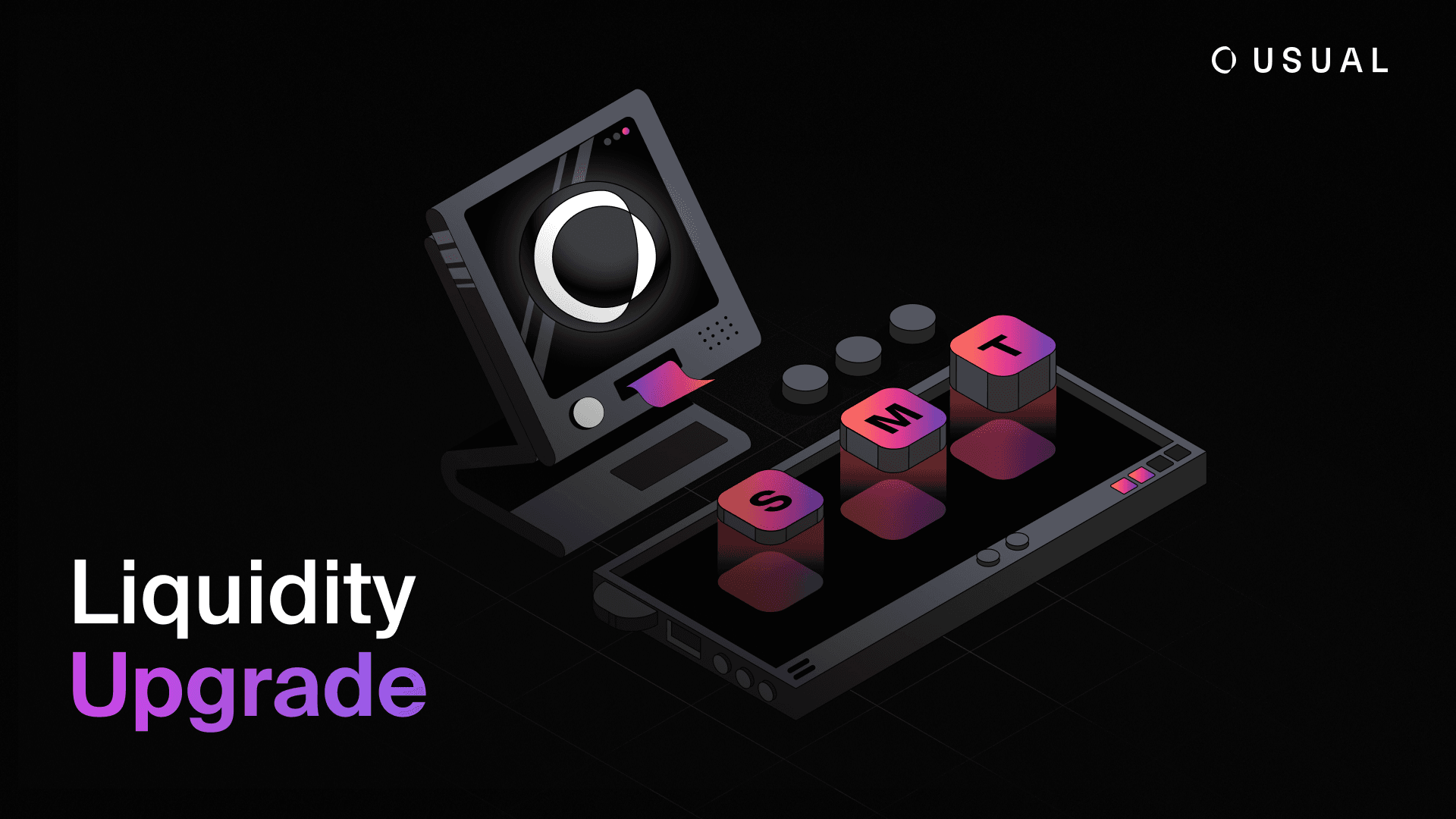Farming built early momentum, but also a structure that could not last. UIP-11 rebalances the system, cutting supply growth and aligning incentives with fundamentals. This is how USUAL transitions from bootstrapping to sustainable design.
Farming was meant to bootstrap a system. It brought early liquidity, volume, and awareness.
But over time, the same incentives that helped the protocol grow began to weigh it down.
Issuance outpaced demand. Emissions became extraction.
UIP-11 is the reset. A deliberate shift from farming to structure, from short-term activity to long-term alignment.
Read the Proposal Here
The Point of Equilibrium
USUAL was built on fundamentals: measurable revenue, a strong treasury, and mechanisms designed to compound value over time.
Those fundamentals remain intact. The system generates meaningful cash flow and holds substantial reserves.
Yet the token’s structure has not reflected that strength.
UIP-11 addresses that imbalance. It reduces the total supply, halves future inflation, and removes the majority of farming-driven sell pressure that has capped price discovery.
The goal is simple: to make USUAL’s price reflect its fundamentals again.
A Leaner Architecture
Inside the USL, rewards to USD0++ holders phase out as fees fall to zero, aligning borrowers and holders under one set of incentives.
Liquidity rewards are reduced but optimized, keeping market depth efficient through concentration rather than excess issuance.
Each part of the system continues to function, only now it does so with less waste and clearer purpose.
Fairness by Design
For holders, supply compression means value is no longer diluted faster than it can compound.
For stakers, the share of emissions rises, and a one-time unlock window in December ensures flexibility under the new structure.
For USD0++ users, there is now a choice between stable maturity or ongoing rewards.
The system becomes fairer by design, not by redistribution.
Rebuilding Confidence
Community frustration has been consistent: strong fundamentals, weak reflection.
UIP-11 is not a reaction to that frustration; it is the structural solution to it.
By tightening supply and restoring balance, the protocol regains credibility through design, not narrative.
This is how systems earn trust, by proving that performance is built into the architecture, not the incentives.
The Direction Forward
As the protocol moves toward v2, the focus shifts from distribution to design.
Tokenomics no longer define the product, they enable it.
UIP-11 builds that foundation, allowing growth to come from structure rather than issuance.
Attention matters. It brings users, liquidity, and confidence.
But attention should follow purpose, not replace it.
By rebuilding the system around sustainable mechanics, we create something worth paying attention to.
Further details and open discussion will continue in #discussion, where questions will be logged and addressed ahead of the Tuesday AMA.
This is the next chapter for USUAL.
It begins with UIP-11.








